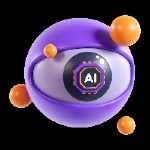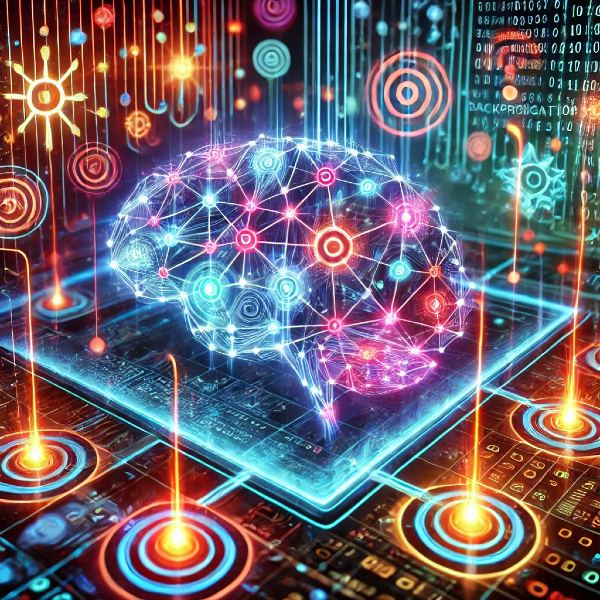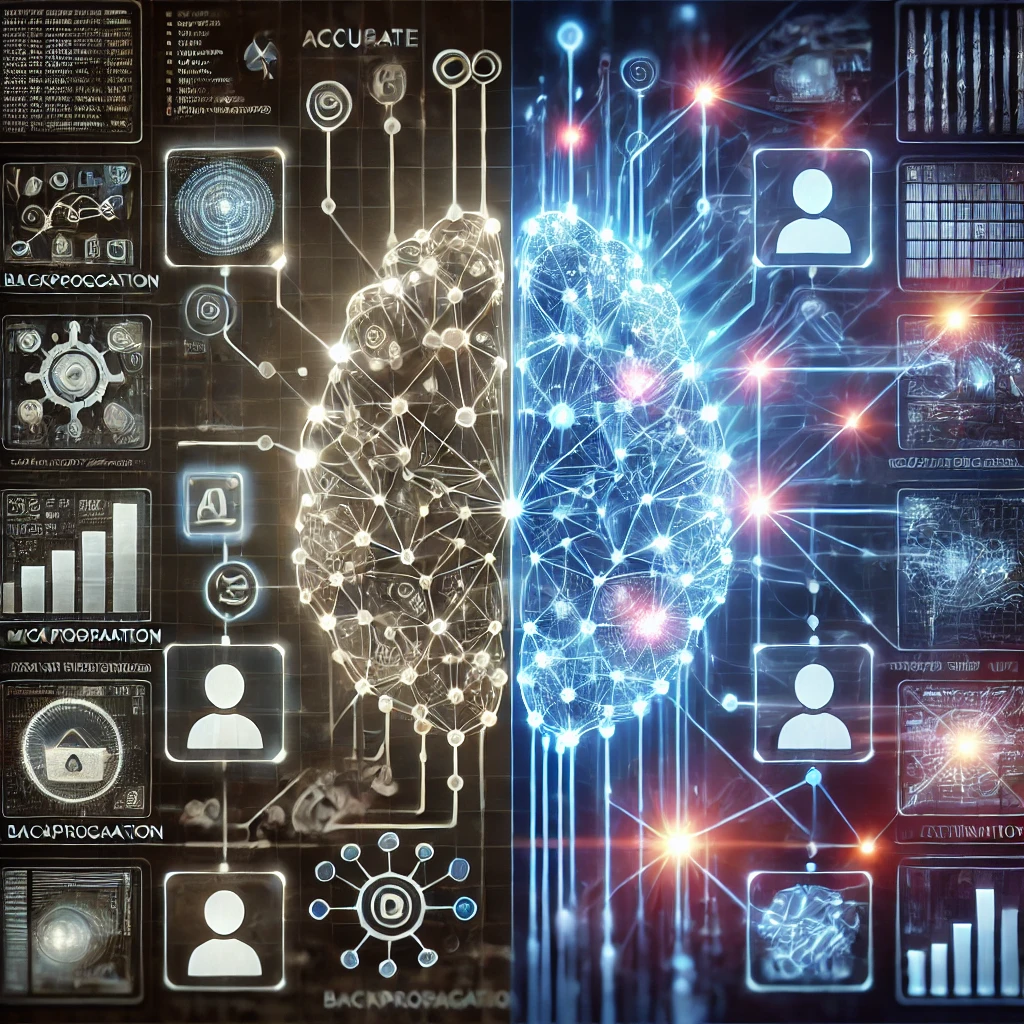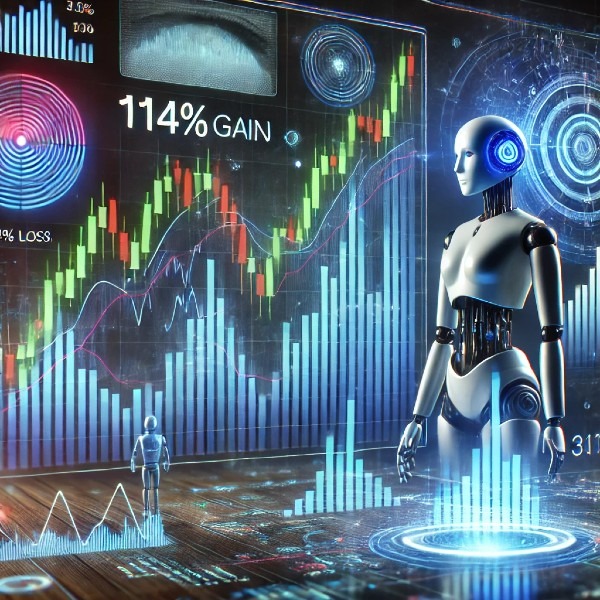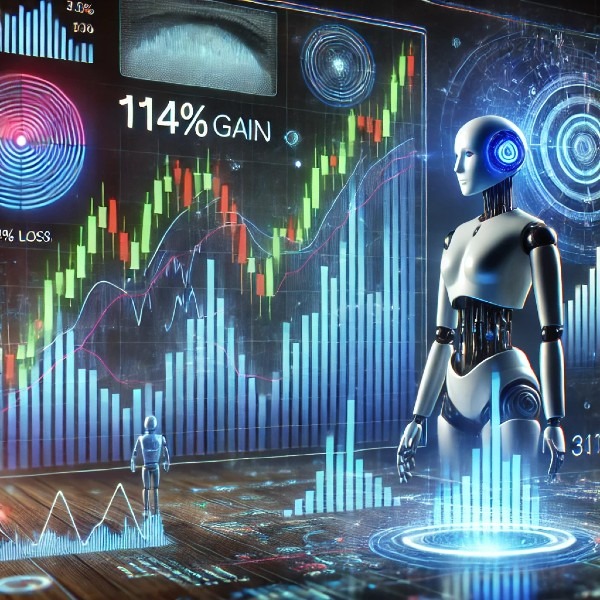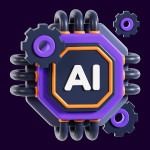Introduction
Hopfield Networks – yes, that is what is the subject of today’s Nobel Prize award. Artificial Intelligence (AI) is at the forefront of technology today, and it’s easy to get lost in all the jargon and technical complexities. However, if we take a step back and understand the basic principles behind it, things get much clearer. Some of the biggest names in AI are John Hopfield and Geoffrey Hinton, whose discoveries laid the foundation for much of the AI we see today. In this article, we will explore their work in simple terms, focusing on how they changed the way machines learn and process information.
Who Are John Hopfield and Geoffrey Hinton?
- John Hopfield and the Hopfield Network:
John Hopfield is a physicist and neuroscientist, and his groundbreaking work in the 1980s on what is now called the Hopfield Network helped shape the future of artificial intelligence. A Hopfield Network is essentially a kind of machine learning model that mimics the way our brain processes and stores memories.
Let’s break it down with a simple analogy:
Think of your brain as a giant puzzle, with pieces scattered all around. Every time you think, your brain tries to fit the pieces together in the right way. A Hopfield Network is like a digital brain that does something similar. It takes lots of scattered information and tries to “solve the puzzle” by organizing it. This way, it can remember patterns and solve problems based on what it has learned in the past.
For example, imagine trying to remember a friend’s face. The Hopfield Network helps AI recognize patterns, such as the shape of the eyes, nose, and mouth, and piece them together to recall the face correctly. This made AI smarter and able to “remember” things better.
Hopfield’s contribution is crucial because it allows AI to handle complex data in a manner that resembles human memory. His work is still highly relevant, especially in the areas of data retrieval, machine vision, and natural language processing.
- Geoffrey Hinton and Backpropagation:
Geoffrey Hinton, often called the “Godfather of AI,” is another giant in the field. His primary contribution was the development of backpropagation. This technique allows computers to learn from their mistakes, making AI much more efficient.
Imagine this scenario:
You are learning how to ride a bike. The first time you try, you fall. However, each time you try again, you get better because you learn what you did wrong and correct yourself. In AI, backpropagation is like this process of learning from mistakes. Machines make a guess, compare it to the correct answer, see how far off they were, and then adjust their “thinking” to get closer to the right answer.
This ability to “learn from mistakes” is a fundamental part of what makes AI work so well today. Without backpropagation, we wouldn’t have things like facial recognition software, voice assistants like Siri and Alexa, or even AI-powered medical diagnosis systems.
Why Are They in the Artificial Intelligence News Today?
The work of John Hopfield and Geoffrey Hinton is making headlines again because their discoveries are at the heart of the recent surge in machine learning and deep learning technologies. Companies all around the world are using these technologies to create self-driving cars, smart assistants, and even advanced AI-powered robots.
Both scientists are often discussed in connection to modern breakthroughs in AI because the systems they developed in the past still serve as the backbone for many of today’s innovations. Their contributions have only become more relevant as AI continues to grow and transform industries ranging from healthcare to finance and entertainment.
The Math Behind Hopfield Networks: Solving the Puzzle of Memory
Now that we understand the basic idea behind the Hopfield Network, let’s dive a little deeper into how it works.
Is There an Equation That Explains Hopfield Networks?
Yes, there is an equation, but we will simplify it as much as possible to make it understandable. The math behind a Hopfield Network is based on energy functions. It’s like having a system that always tries to find the lowest possible energy state, similar to how a marble would roll down a hill and settle at the bottom where it has the least energy.
Here’s a simple analogy: imagine you’re holding a ball at the top of a hill. The ball will roll down to the lowest point because that’s where it uses the least amount of energy. In a Hopfield Network, each “memory” or “pattern” is like a low point in a landscape of hills and valleys. The network is always trying to roll toward the lowest point, or the most stable memory, when it tries to recall information.
In mathematical terms, the Hopfield Network uses a formula that calculates the energy of the system and adjusts the “weights” (connections between points) to minimize this energy. This allows the network to store and retrieve memories efficiently.
Why Is This Important?
This equation is important because it allows the Hopfield Network to simulate memory in a way that is very similar to how humans recall memories. This is useful for applications where machines need to remember and recognize patterns, like in image recognition or natural language processing.
How Backpropagation Helps Correct Mistakes
We’ve briefly touched on how backpropagation works, but let’s explore it in more detail.
How Does Backpropagation Deal with Misinformation?
Backpropagation works in machine learning by adjusting the internal settings (called “weights”) based on the errors the system makes during training. Let’s use an analogy to make this clearer.
Imagine you are baking a cake. The first time you try, you forget to add sugar, and the cake tastes bad. You realize your mistake and correct it the next time by adding the right amount of sugar. This is essentially how backpropagation works in AI. When the AI makes an incorrect prediction or gives a wrong answer, it looks at how far off it was and then adjusts its internal “recipe” so that it can get closer to the correct answer next time.
In the case of misinformation, backpropagation helps by recognizing that the information it received was incorrect and adjusting the weights in the system to reduce the impact of that incorrect data. This way, the system can “unlearn” the wrong information and focus on the correct data.
The Learning Process
When training a neural network, the system goes through many rounds of learning. In each round, it makes predictions, compares them to the correct answers, and then calculates the error. Backpropagation uses this error to adjust the system. Over time, this leads to more accurate predictions because the network has “learned” from its mistakes.
Without backpropagation, machine learning models would struggle to improve because they wouldn’t have a way to correct themselves. This process of learning from errors is what makes AI so powerful today.
Fighting the Spread of Misinformation and Disinformation
What Is the Difference Between Misinformation and Disinformation?
Before we dive into how to fight it, let’s first clarify the difference between these two terms:
- Misinformation is false or inaccurate information that is shared unknowingly. Think of it as accidentally spreading a rumor because you believed it to be true.
- Disinformation, on the other hand, is the deliberate spreading of false information to deceive or mislead people. This is much more harmful because it is done with bad intentions, like spreading fake news on social media to cause panic.
Now that we understand the difference, let’s look at some effective ways to combat both.
Three Very Effective Ways to Combat Misinformation and Disinformation
- Fact-Checking and Cross-Referencing:
One of the most effective ways to combat misinformation and disinformation is to always fact-check the information before sharing it. This involves verifying the source of the information and cross-referencing it with other trusted sources.
For example, if you read an article claiming that a new scientific study has found that “chocolate cures cancer,” you should check to see if other trusted news outlets or scientific sources are reporting the same thing. If no reliable source is backing the claim, it’s likely to be misinformation or disinformation.
Why It Works: Fact-checking ensures that the information you share is based on verified facts, which helps prevent the spread of false information. The more people verify information before sharing it, the harder it becomes for misinformation to spread.
- Educational Campaigns:
Educating people about the dangers of misinformation and disinformation can make a huge difference. Schools, media outlets, and governments can all play a role in teaching people how to spot false information and make informed decisions.
Example: A school might run a campaign teaching students how to verify sources, understand the difference between fact and opinion, and be critical of the information they come across online.
Why It Works: Education empowers individuals to become more discerning consumers of information. The more educated people are about how to spot misinformation, the less likely they are to fall for it or spread it further.
- Leveraging AI and Machine Learning to Detect False Information:
AI can also be a powerful tool in the fight against misinformation and disinformation. Machine learning models can be trained to detect patterns of false information and flag it before it spreads.
Example: Social media platforms like Facebook and Twitter are already using AI to detect and flag posts that contain misinformation. These systems scan the content of posts, looking for known false information or patterns that are commonly associated with disinformation campaigns.
Why It Works: AI can process vast amounts of information at speeds humans simply cannot. This allows platforms to act quickly, identifying and removing false information before it has the chance to go viral.
Conclusion
In conclusion, the work of John Hopfield and Geoffrey Hinton has had a massive impact on the world of AI, and their discoveries continue to influence modern technology. The Hopfield Network helped machines better process and store information, while backpropagation gave AI the ability to learn from its mistakes, just like humans do.
In today’s world, where misinformation and disinformation can spread rapidly, these technologies are more important than ever. By understanding how machines learn and how they can help us detect false information, we can become better equipped to handle the challenges of the digital age.
